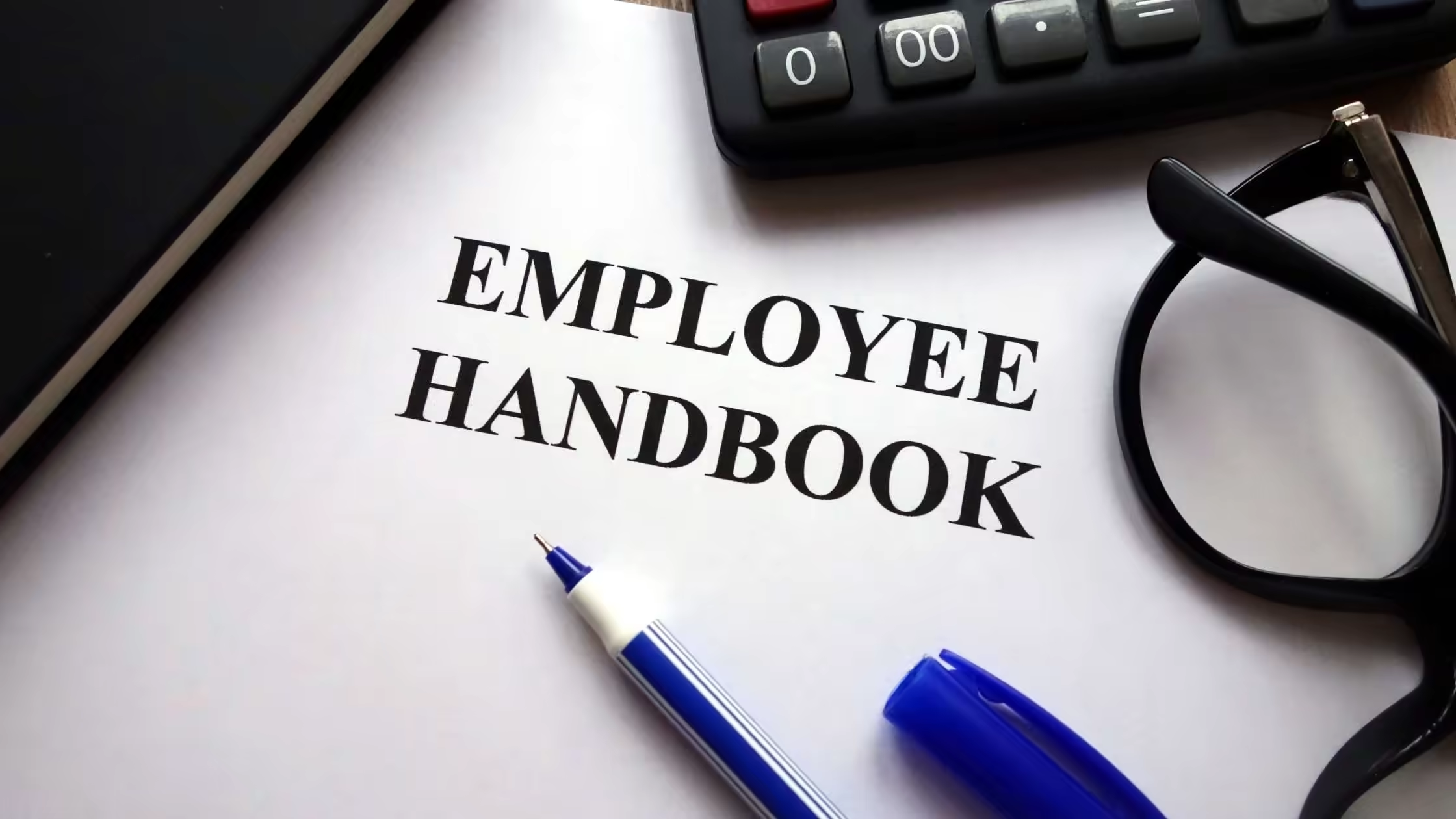An employee handbook is a document that explains your firm's mission, policies, and expectations. Employees are given this by their employers to define their rights and obligations while working for them (Workable, 2022). An employee handbook can serve as a communication tool for both the organization and the employees. It gives direction and information about its history, mission, values, policies, practices, and benefits.
Employers can also use it to defend themselves against discrimination or unfair treatment (SHRM, 2022). It serves as a quick reference guide to the company's policies and processes and a summary of management's expectations. In contrast, a policy is a written declaration that outlines the employer's goals and objectives for various employee activities and employment-related concerns.
Related: Employee Handbook: A Step-By-Step Guide To Preparing Your Staff Handbook
Employee handbooks, whatever you name them, are documents that every employee at a company should receive, usually on their first day (Zenefits, 2022). They are intended to cover everything a new hire needs to know to begin working. You may even get them started before their first day and offer a copy in a welcome email to new hires. They can also be longer-form documents that serve as references during an employee's tenure at a company (Zenefits, 2022 Employee handbooks can help a recruit not only feel more prepared for day-to-day work but can also help that new hire become more efficient right away.
What do most employee handbooks include?
Because each company's needs, basic beliefs, and objectives are distinct, its employee handbook should reflect these features. The majority of employee handbooks provide information on:
- A company mission statement, culture, and values
- Human resources and legal information, as well as employment rights and obligations.
- Realistic expectations, both in terms of what the company expects from its employees and what employees might expect from the company.
- Policies of the company.
Related: Designing Your Employee Handbook
The following topics are covered in most large organization's employee handbooks:
- Employee acknowledgement and signature
- Compensation/benefits
- Terms of employment
- Remote and hybrid work policies
- Payroll deductions
- Discipline
- Paid Time Off (PTO)
- Business travel
- Overtime
- Nondiscrimination
- Conflict of interest
- Covid-19 safety and vaccine policy
- Intellectual property
- Code of conduct
- Time and Attendance
- Ethics
- Dress code
- Safety
- Mobile devices
- Social media
- Anti-retaliation
When should a company create an employee handbook?
It is important to remember that having a handbook is not required by law. "While numerous laws require employers to notify employees of important workplace rights," it is pointed out, "There are no regulations that specifically require an employer to have an employee handbook".
Nonetheless, many businesses prefer to establish one since it might help to reduce internal strife. Each company's exact point is different, but if you believe your small business is approaching the point where conflicts are likely to develop, putting together a handbook is generally a smart idea.
In addition to resolving employee or cultural concerns, employee handbooks can help new employees feel comfortable in their new workplaces. As a result, it's a good idea to start writing one as soon as you have a mission statement, core values, and other corporate information to communicate. Employee engagement and loyalty can be increased by learning about a company's history, missions, and basic values. It's also a good place for employees to check dress requirements, PTO policy, parking suggestions, and other things to make them feel more at ease with the business culture right away.
Related: Employee Handbook: A step-by-step guide to Creating an employee handbook
What are some good employee handbook examples?
Even if you know everything that must be included in an employee handbook, it might be difficult to visualize how they should look once they've been put together. Here's where examples come in handy. It will be much easier to imagine what your company handbook will look like if you can work from some sample employee handbooks. Below are great employee handbook examples worth reviewing:

